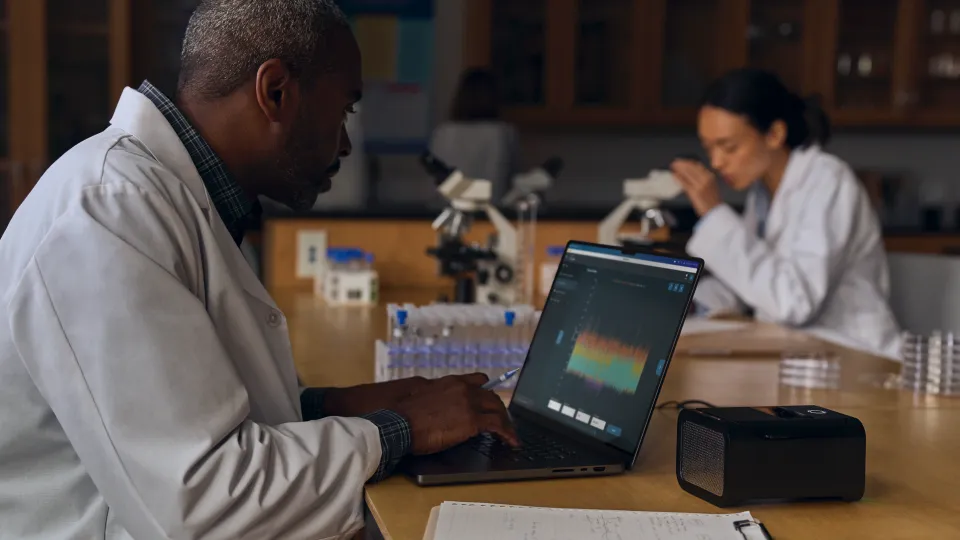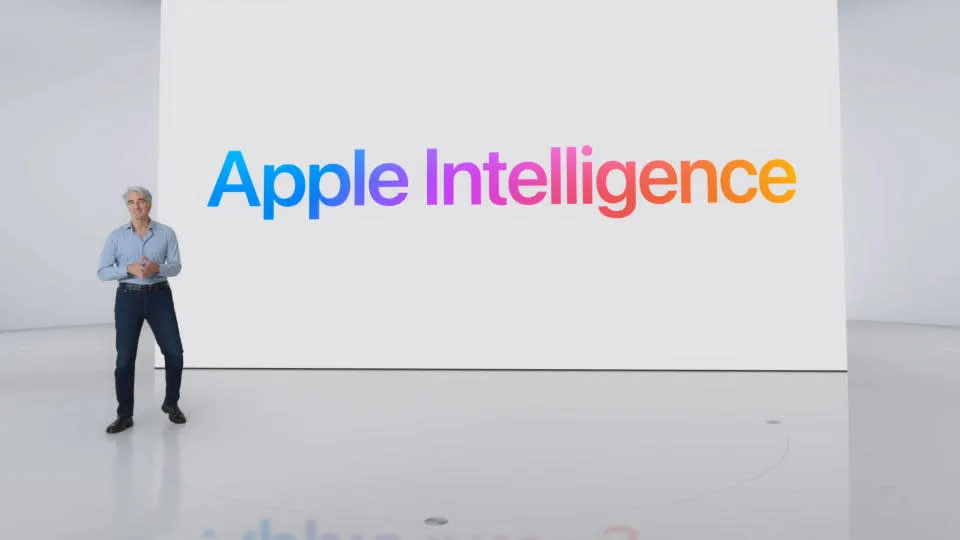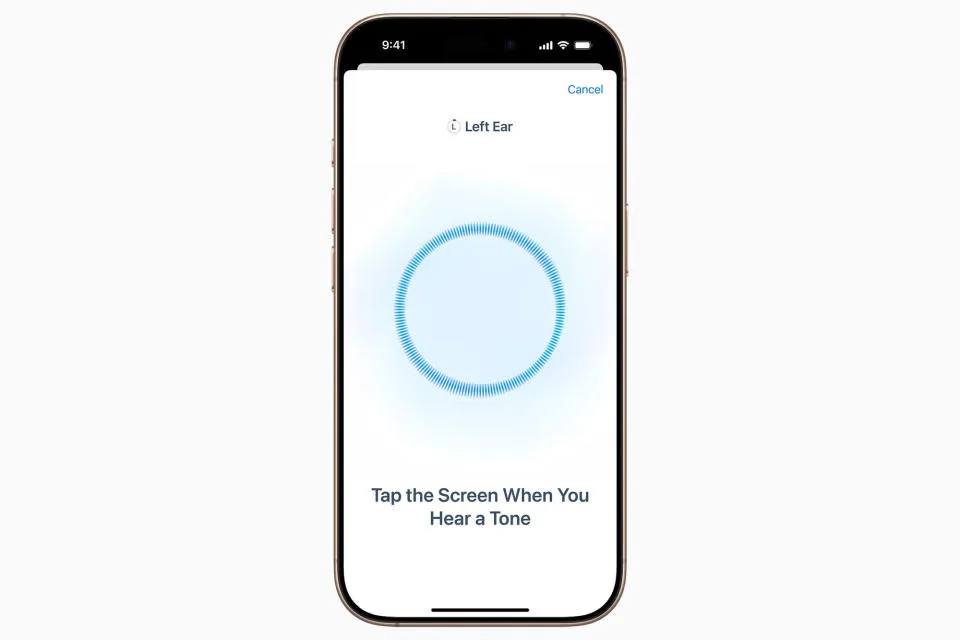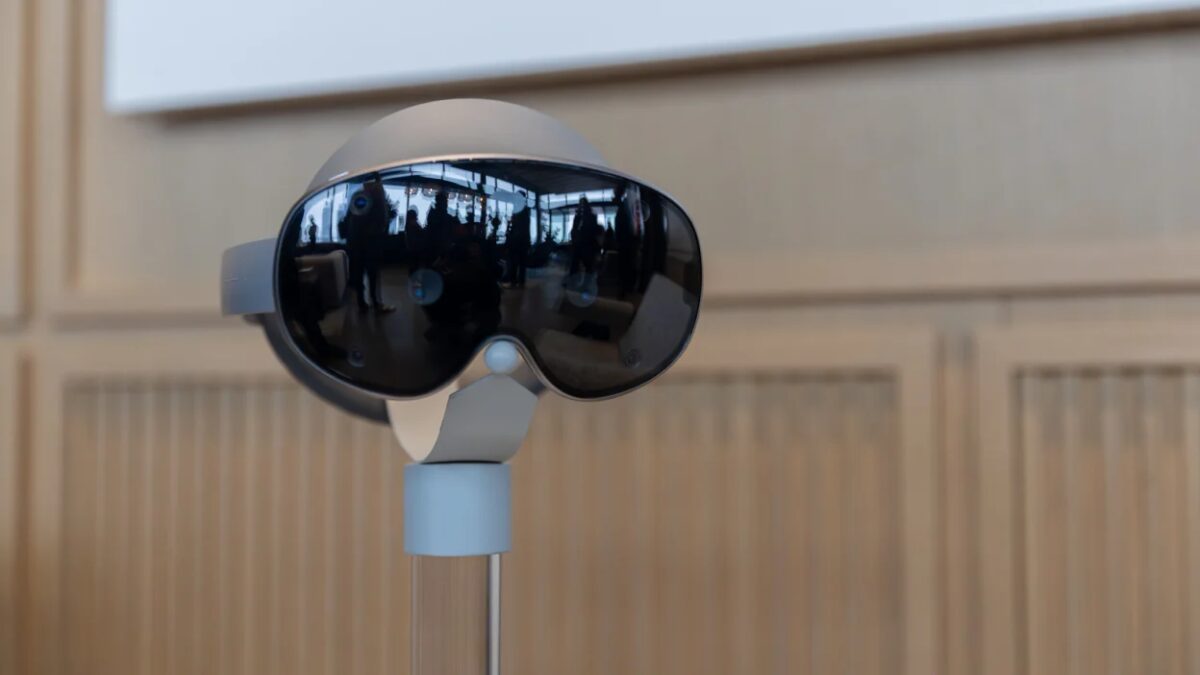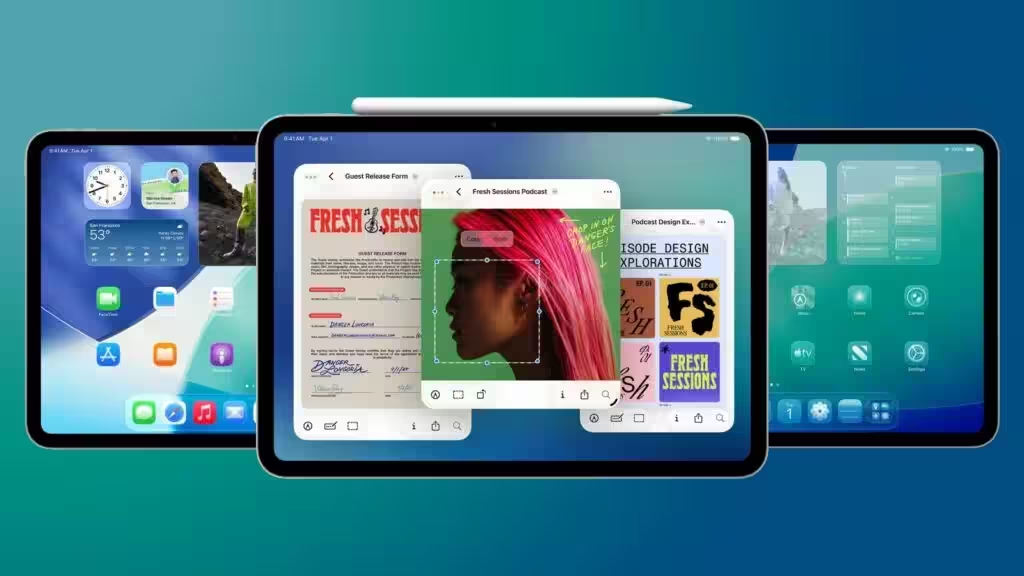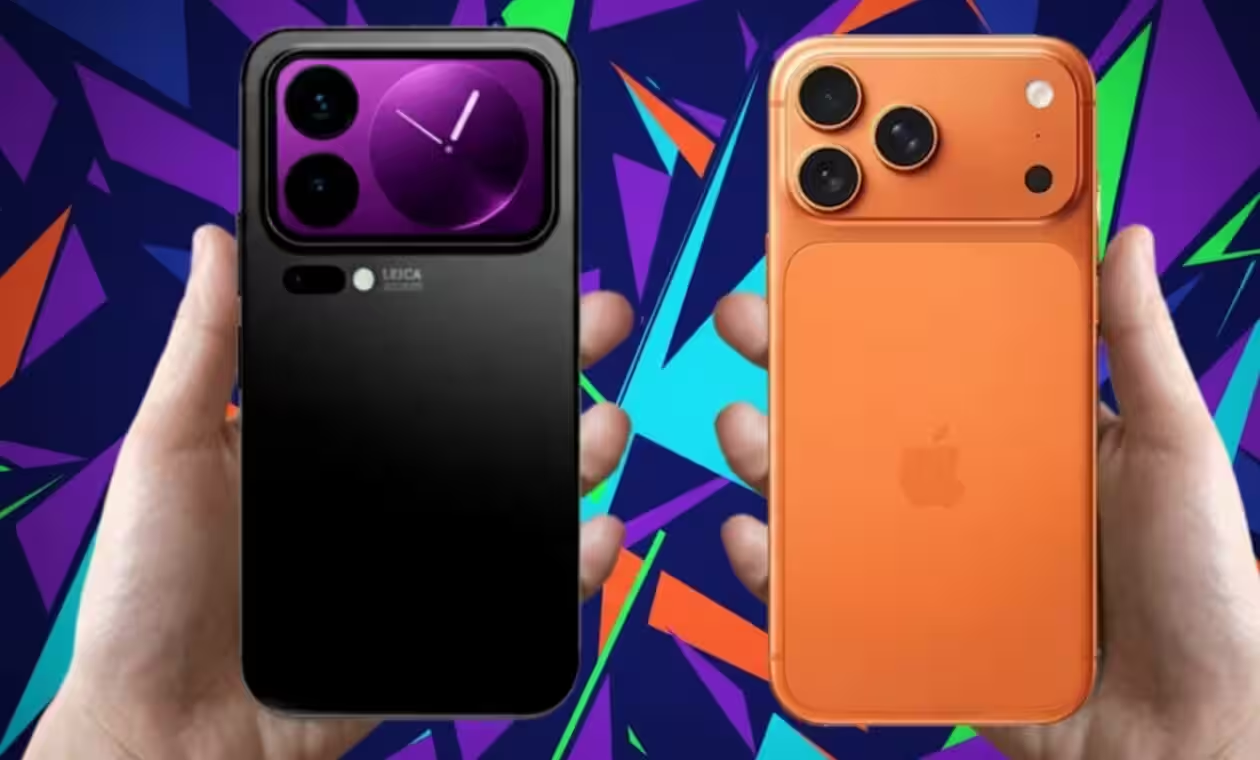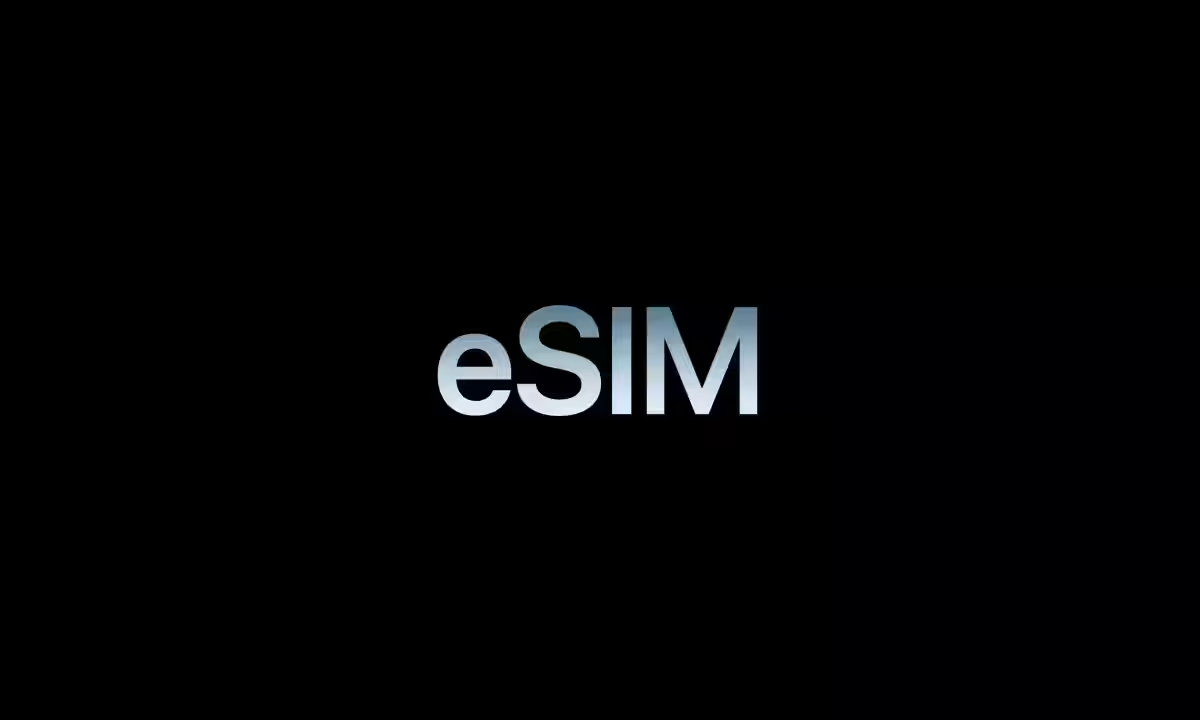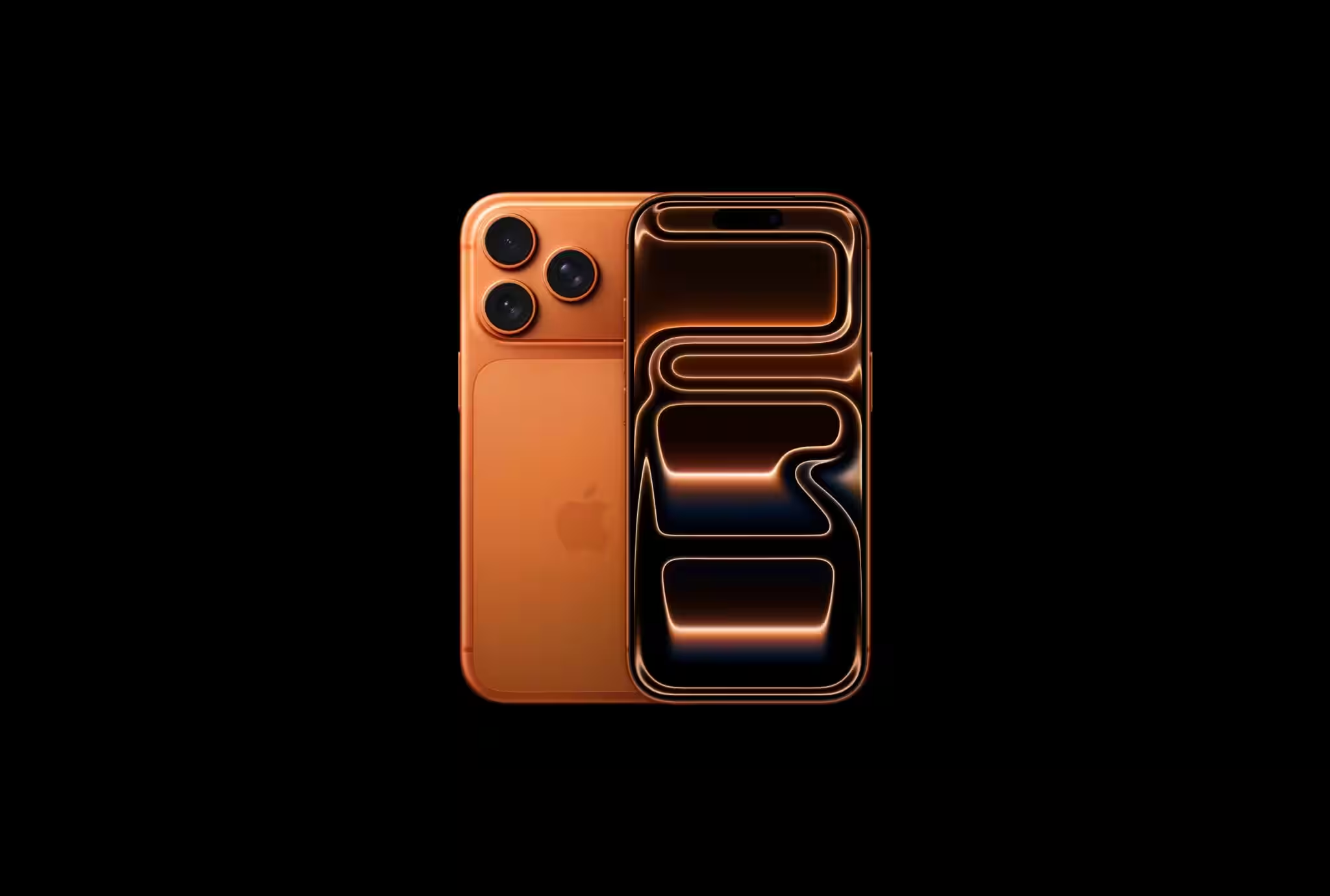Everything Apple unveiled at Mac Week: iMac, Mac mini and MacBook with M4, Apple Intelligence features and more
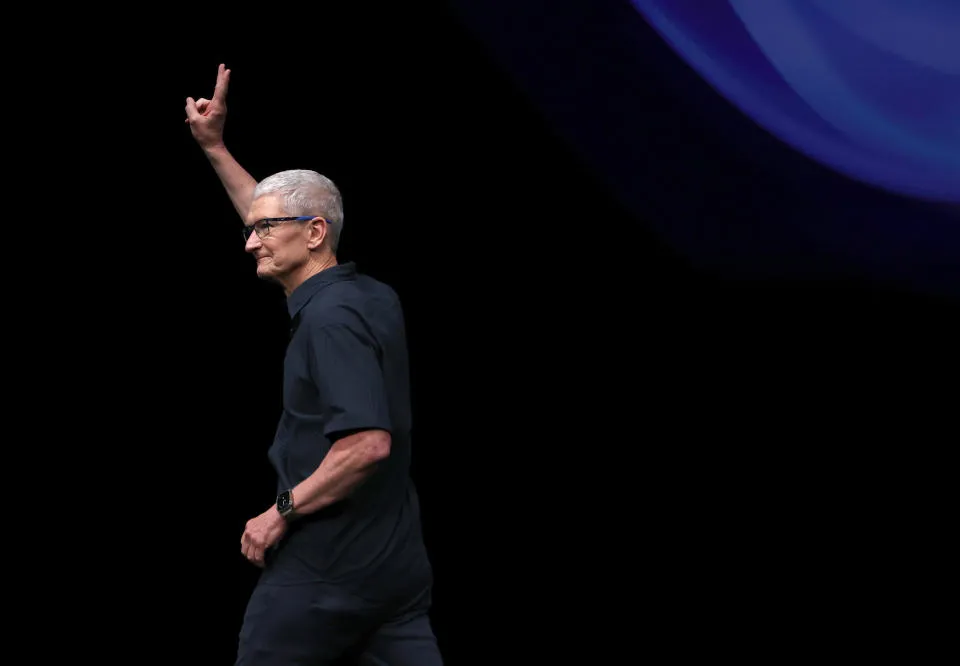
Apple held an unusual event, unofficially dubbed “Mac Week,” where the company unveiled three new devices with M4 chips, an innovative Apple Intelligence system, and new hearing support features in the AirPods Pro 2. The product launches coincided with the company’s quarterly report and lasted three days, covering new products in the desktop segment and announcements for iOS, iPadOS, and macOS users.
The event was held in conjunction with the company’s quarterly report.
New iMac (M4)
Apple has unveiled the iMac with a new M4 chip, keeping the same design but adding more features and new colors. The company says this 24-inch monoblock is 1.7 times faster for everyday tasks and 2.1 times faster for demanding processes like gaming or photo editing. Apple has also increased the RAM capacity of the base configuration to 16GB, improving multitasking capabilities.
Apple also increased the amount of RAM in the base configuration to 16GB, improving multitasking capabilities.
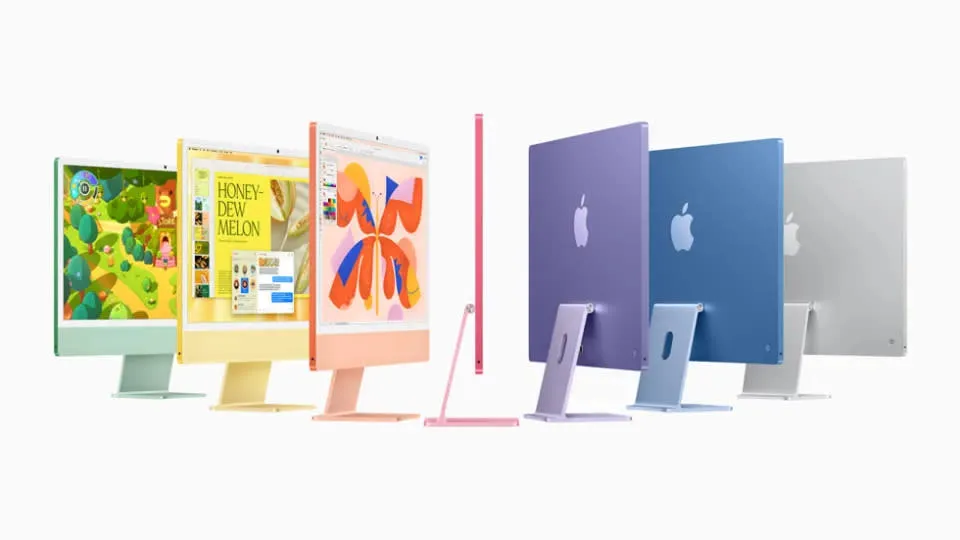
The new product features a 4.5K Retina display and offers the option of a nano-textured screen to reduce glare. A 12 MP camera with Center Stage and Desk View support makes the device even more convenient for video calls.
The new iMac with the M4 chip starts at $1,299. Preorders are available now, and shipping and retail sales will begin on November 8.
The new iMac with the M4 chip starts at $1,299.
Mac mini (M4, M4 Pro)
Apple has unveiled the smallest of its desktop computers, the new Mac mini with M4 and M4 Pro chips. The device is more compact, measuring just 5 inches by 5 inches with a height of 2 inches. In its base version, the Mac mini with the M4 chip is 1.8 times faster than the M1 chip model released four years ago, and its graphics performance has increased by 2.2 times. The computer supports 38 TOPS (trillions of operations per second) for Apple Intelligence tasks, nearly double that of the previous M3.
The computer supports 38 TOPS (trillions of operations per second) for Apple Intelligence tasks, nearly double that of the previous M3.
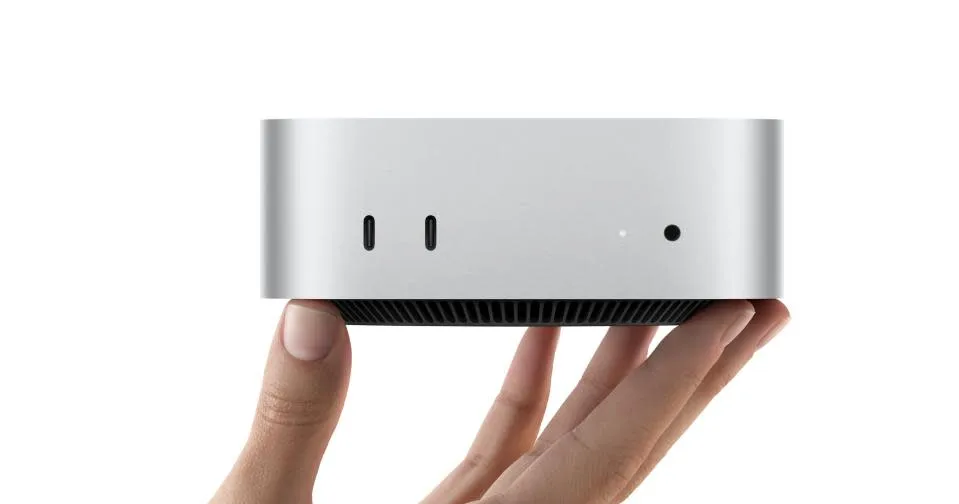
This Mac mini lacks traditional USB ports: it has two USB-C ports on the front and three USB-C Thunderbolt ports on the back, as well as HDMI and Ethernet connectors.
This Mac mini has two USB-C ports on the front and three USB-C Thunderbolt ports on the back, as well as HDMI and Ethernet connectors.
The base version of the Mac mini with the M4 is available starting at $599, while the M4 Pro model starts at $1,399. The devices will go on sale Nov. 9.
Mac mini with the M4 is available from $599 and the M4 Pro model from $1,399.
MacBook Pro (M4, M4 Pro, M4 Max)
Mac Week culminated with the new MacBook Pro, introduced in three configurations at once with the M4, M4 Pro, and M4 Max chips. Apple claims that the MacBook Pro with M4 Pro is 3x faster than the M1 Pro-powered MacBook Pro, and the M4 Max version is 3.5x faster than the M1 Max model. For demanding tasks, such as rendering in Blender, the notebook with the M4 chip offers up to 3.4 times the speed of the M1-powered MacBook Pro.
MacBook Pro with M4 Pro is up to 3.4 times faster than the M1-powered MacBook Pro.
The MacBook also gets an updated Neural Engine that’s three times more powerful than its predecessor and optimized for Apple Intelligence features and other AI tasks. Like the iMac, the MacBook Pro has a nano-textured display and a 12 MP Center Stage camera for high-quality video calls. It has three Thunderbolt 4 ports and up to 24 hours of battery life, a record for an Apple laptop.
The MacBook Pro with a 14-inch screen and M4 chip starts at $1,599, with the M4 Pro starting at $1,999, and the M4 Max variant will cost at least $3,199. The 16-inch MacBook Pro with the M4 Pro starts at $2,499, and the M4 Max starts at $3,499.
MacBook Pro 16-inch model with the M4 Pro starts at $2,499, and the M4 Max starts at $3,499.
MacBook Pro 16-inch model with the M4 Pro starts at $2,499.
Apple Intelligence: a new era of AI in Apple devices
.
Apple also announced the first AI features for users, available without beta testing. The first wave includes tools for writing and editing text, call transcription, and notification summaries. Siri has also received improvements: it can now handle requests in text format and better understands user pauses and self-interruptions. An innovative glowing indicator light now signals that you’re looking at an updated version of Siri that can do more than ever before.
To access Apple Intelligence on iPhone, you’ll need an iPhone 15 Pro / Pro Max or a model from the new iPhone 16 lineup. On the iPad, the feature is available on devices with M-series chips, and on Macs, it’s only available on Apple Silicon models, starting with four-year-old devices. Full support requires iOS 18.1, iPadOS 18.1 or macOS Sequoia 15.1, and an update to X.2 in the future will add new features like ChatGPT integration and Image Playground image generation.
An update to X.2 will add new features like ChatGPT integration and Image Playground image generation.
New Hearing Support Features in AirPods Pro 2
Amidst the high-profile announcements, Apple also stood out with new hearing support features in the AirPods Pro 2, introduced at September’s iPhone launch. These features include hearing tests, hearing protection for concerts, and the ability to use the device as a hearing aid for mild to moderate hearing loss. For more severe impairments, the system will suggest referral to a hearing care professional.
These updates make AirPods Pro 2 an essential hearing health aid that active users will appreciate.

